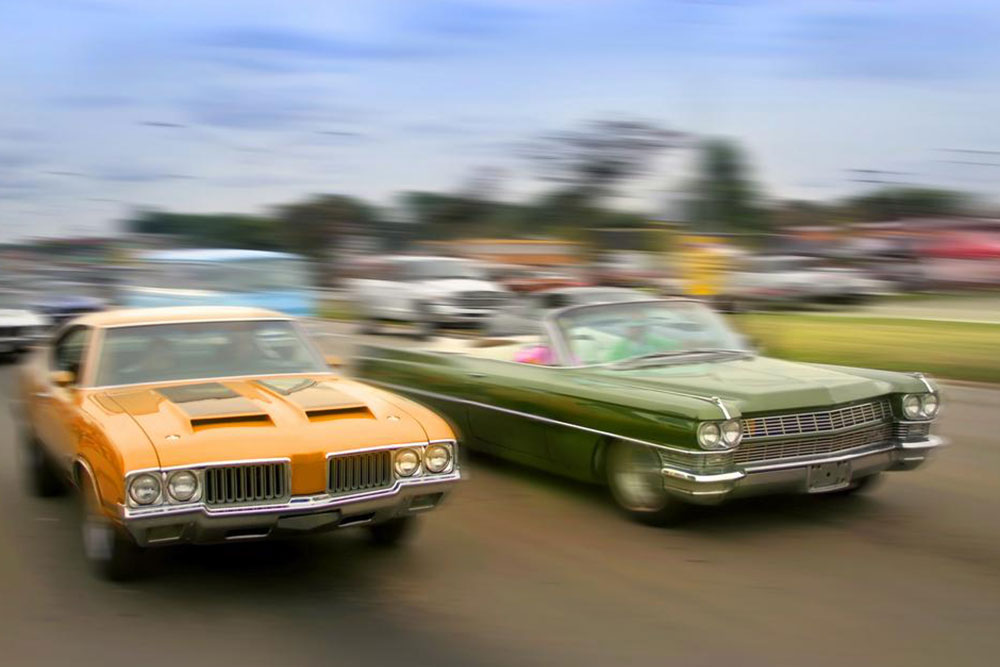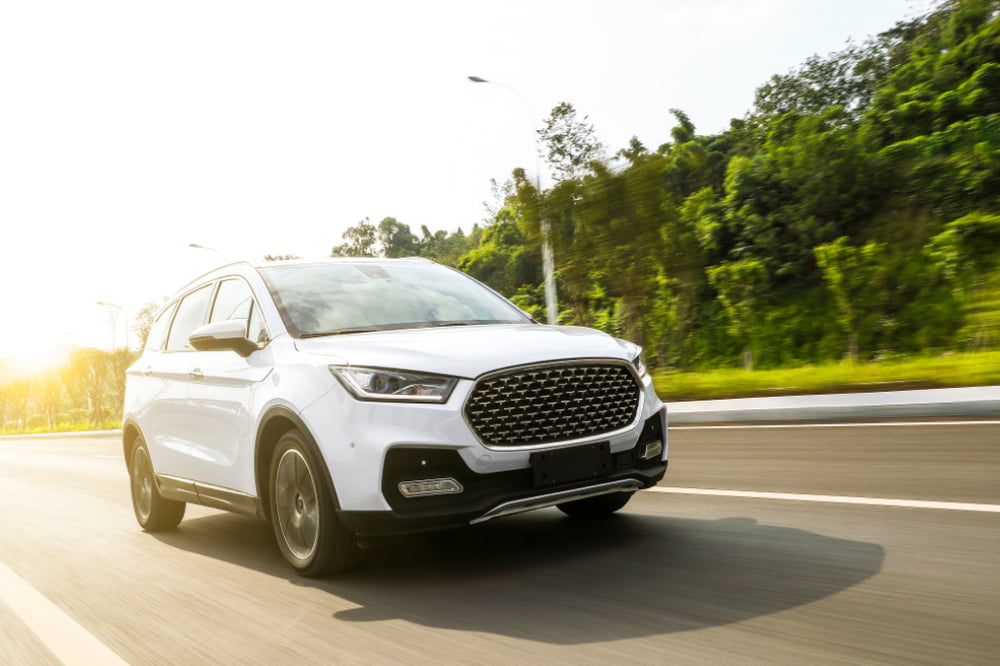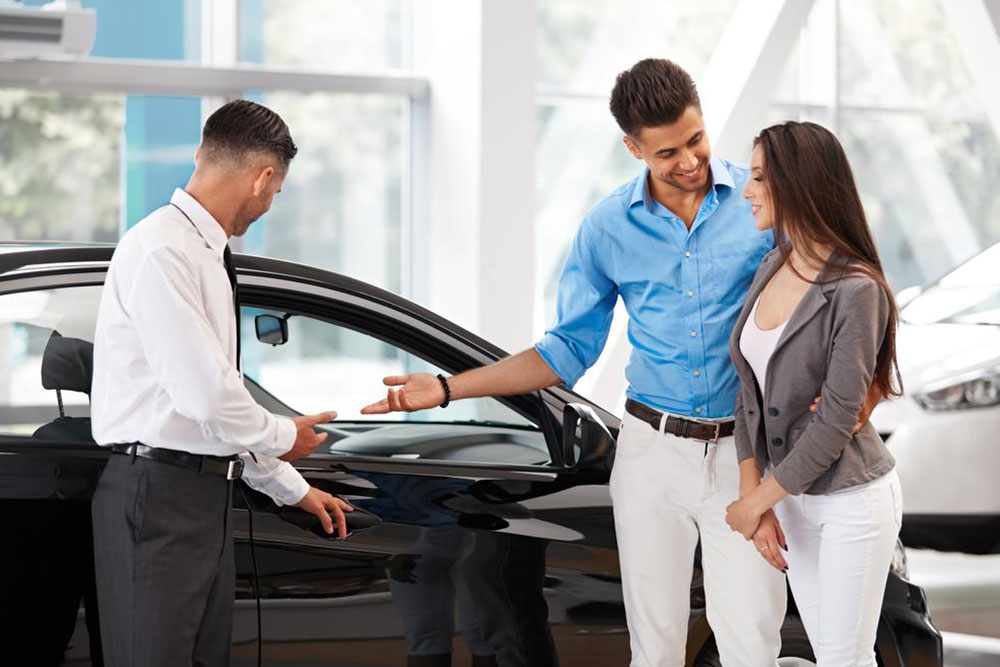Comprehensive Guide to Buying a Used High-Performance Classic Car
Discover comprehensive tips for purchasing a used high-performance vintage car. This guide covers essential considerations such as mechanical checks, rust prevention, legal compliance, and budget planning. Perfect for collectors and enthusiasts seeking to own a classic vehicle that combines power, style, and history. Learn how to evaluate the condition of these iconic cars, secure proper insurance, and make an informed investment to enjoy your vintage high-performance vehicle responsibly and safely.

Essential Factors to Consider When Investing in a Vintage High-Performance Vehicle
For automotive enthusiasts who admire the raw power, iconic design, and exhilarating driving experience of vintage high-performance cars, making a strategic purchase can be both rewarding and challenging. Classic cars, especially those built for speed and agility, evoke a sense of nostalgia and pride among collectors and drivers alike. If you're considering buying a used high-performance classic car, understanding the nuances involved in such a significant investment is crucial to ensure you enjoy your vehicle responsibly and avoid costly mistakes.
These vehicles have long been celebrated for their remarkable engineering, distinctive aesthetics, and the thrill they provide behind the wheel. Originally popularized in the 1970s, these cars symbolize daring and dominance on the road. Despite facing periods of decline, particularly in the 1990s due to safety concerns and legal issues related to illegal racing, they have maintained a loyal following among car enthusiasts. Today, many of these classic models are sought after by collectors who appreciate their unique blend of craftsmanship and performance.
The allure of vintage high-performance cars lies in their handcrafted construction, which results in a raw driving experience characterized by minimal electronic intervention. Unlike modern vehicles manufactured through automated robotic processes, these cars often feature manual assembly, which adds to their charm but also introduces unique mechanical considerations. Therefore, familiarity with the mechanical aspects and historical context of these cars is essential before making a purchase.
One of the key aspects to consider is the car's condition—both mechanically and physically. Many of these classic vehicles have survived decades, often enduring exposure to the elements. The bodywork, especially the exterior panels, are prone to rust, especially if the vehicle has been exposed to rain or humidity without proper protection. Regular maintenance and protective measures, such as covered parking, are vital in preserving the vehicle's aesthetics and structural integrity.
Under the hood, these cars often feature robust cast-iron V8 engines capable of providing decades of reliable performance when properly maintained. However, the external components like doors, hoods, and window mechanisms may require restoration or replacement over time. When purchasing a used old-fashion high-performance car, it’s crucial to assess the state of these components thoroughly, preferably with the assistance of a professional mechanic experienced in vintage cars.
Another critical aspect is insurance, which tends to be more expensive for high-performance vintage vehicles due to their specialized nature and higher risk profile. Ensuring the vehicle complies with local emission standards and legal requirements is equally important, especially if the car has been imported or previously unregistered. Reputable online platforms such as AutoTrader Classics, Fossil Cars, and CacaRs provide listings of documented, properly inspected vehicles to help streamline your search.
Cost considerations extend beyond the purchase price. Maintenance, parts replacement, and occasional restoration projects can add up, so budgeting accordingly is prudent. Always inspect the vehicle's history report to verify past ownership, accident history, and service records. Additionally, test-driving the vehicle with a knowledgeable mechanic can uncover hidden issues that may not be evident during a casual inspection.
While the idea of owning a vintage high-performance car is exciting, balancing passion with practicality is essential. Carefully evaluate your driving needs, maintenance capabilities, and long-term costs before proceeding. By doing so, you can enjoy the unique thrill of owning an iconic vehicle while minimizing unexpected expenses.
In summary, purchasing a used high-performance classic car requires meticulous research, thorough inspection, and an understanding of its mechanical and legal considerations. Embrace the ride and history behind these magnificent machines, but do so responsibly to ensure a rewarding and safe ownership experience.





